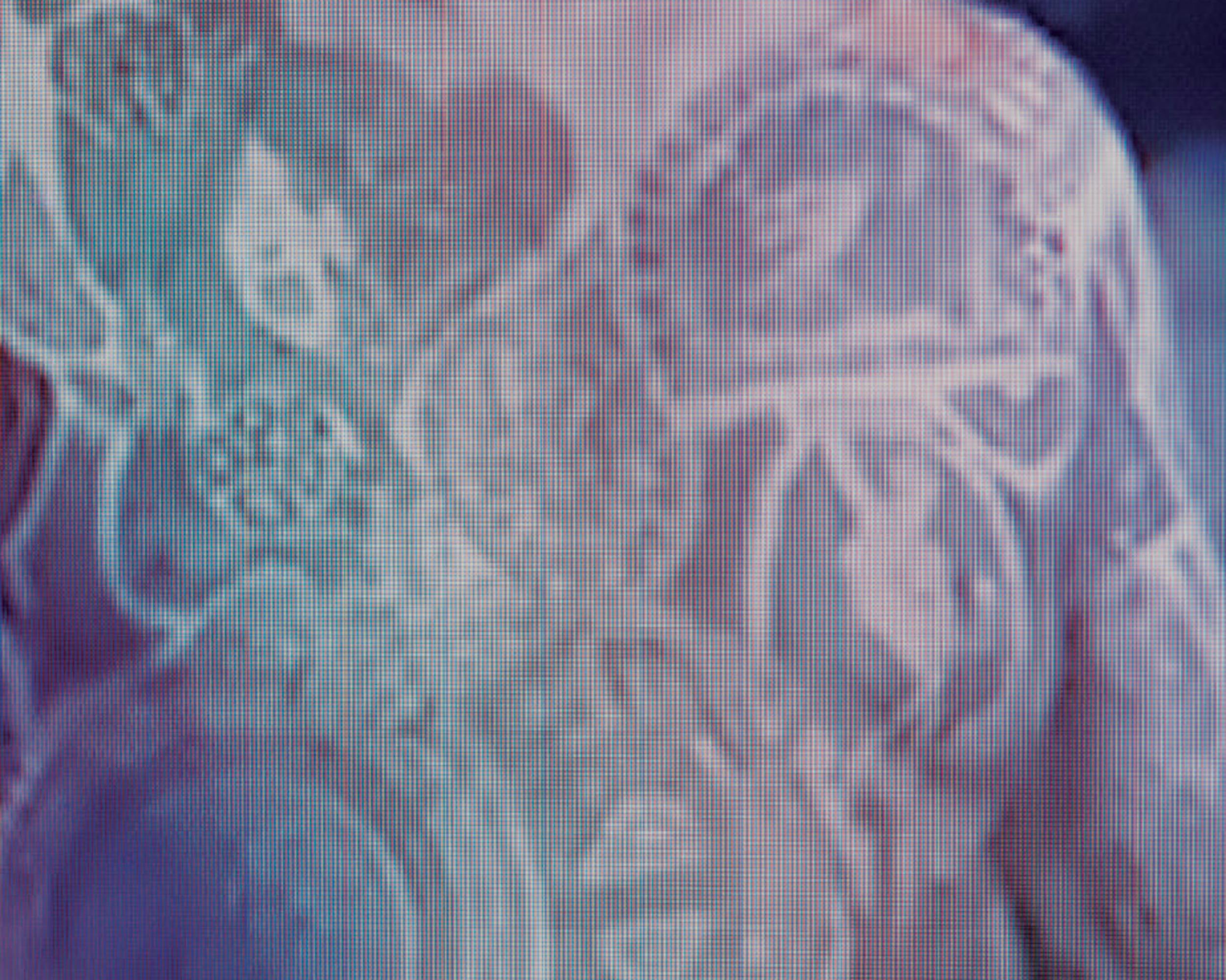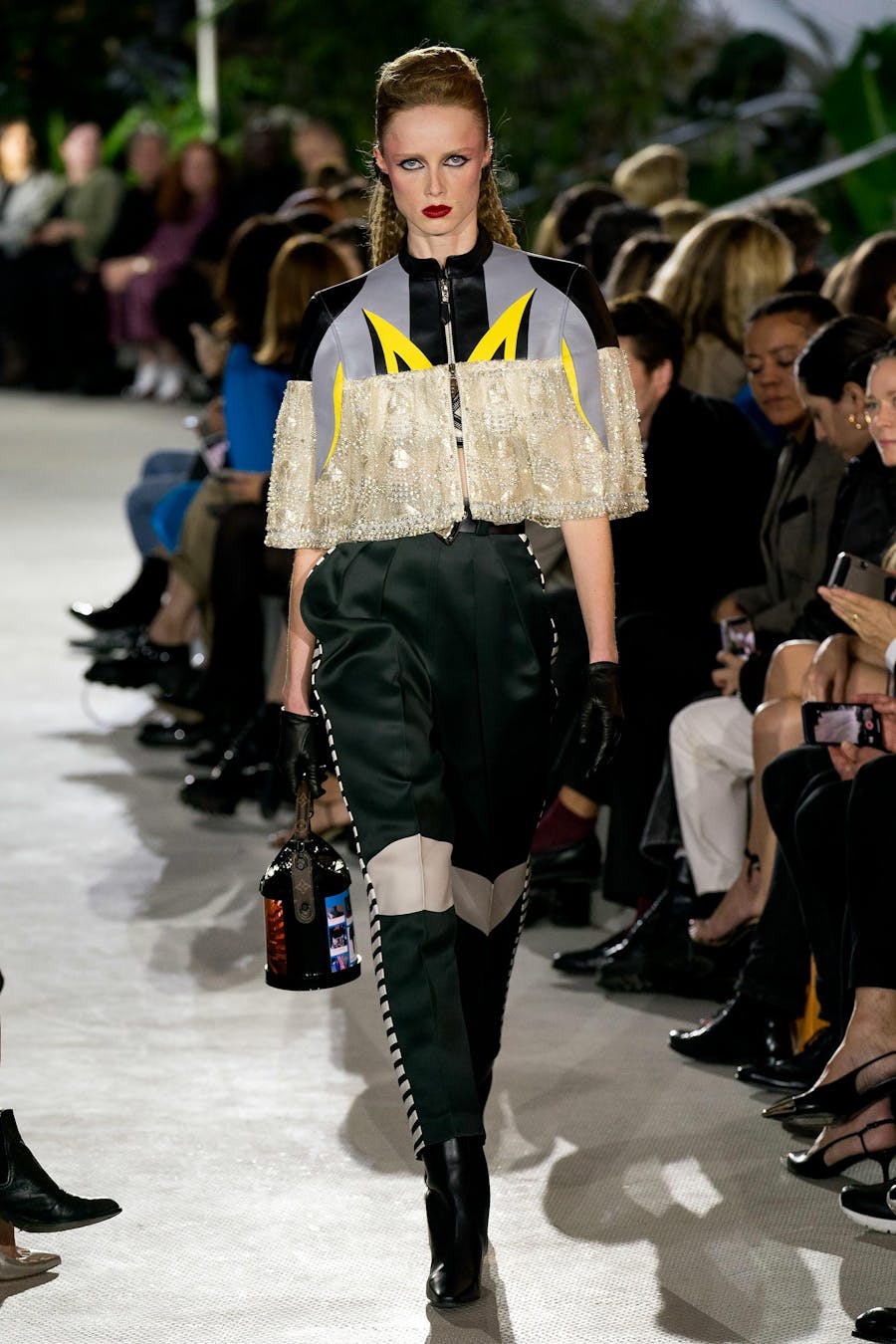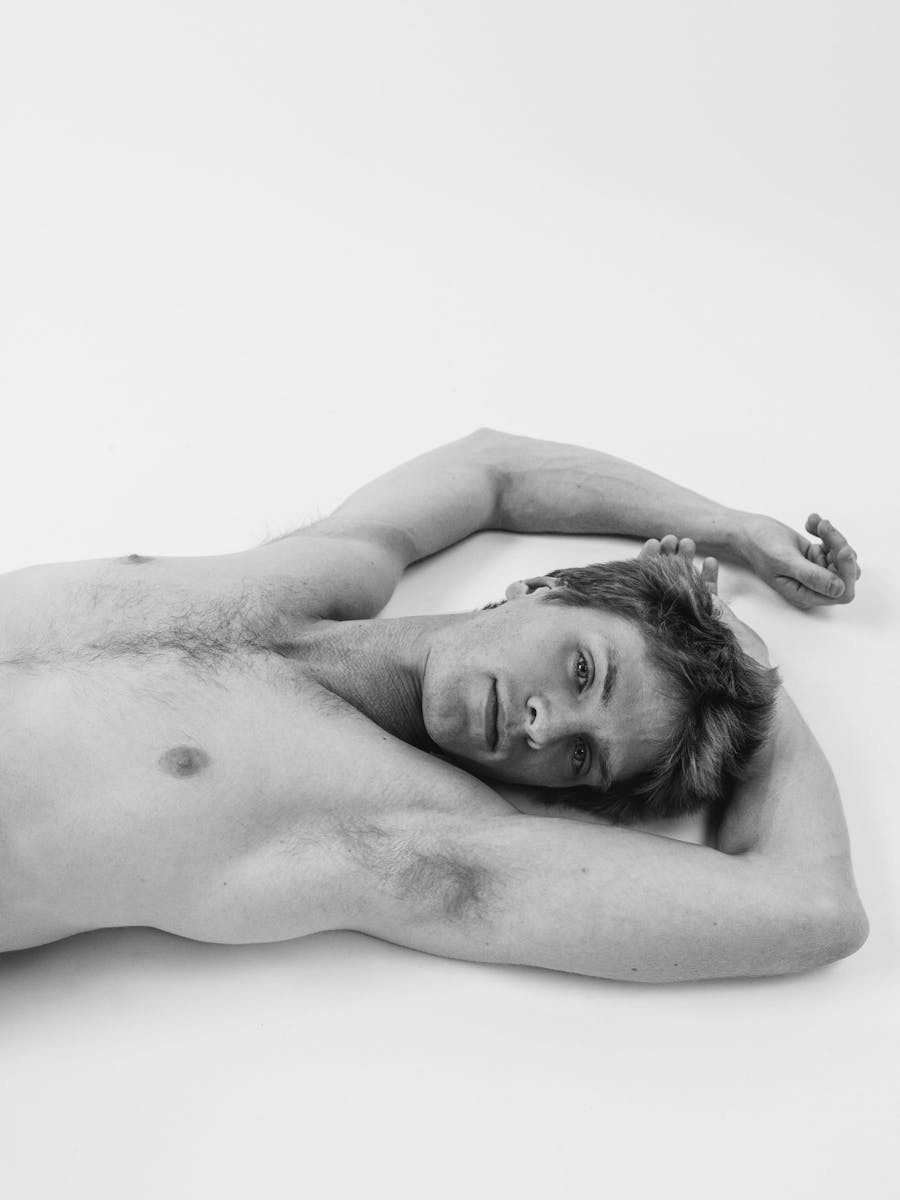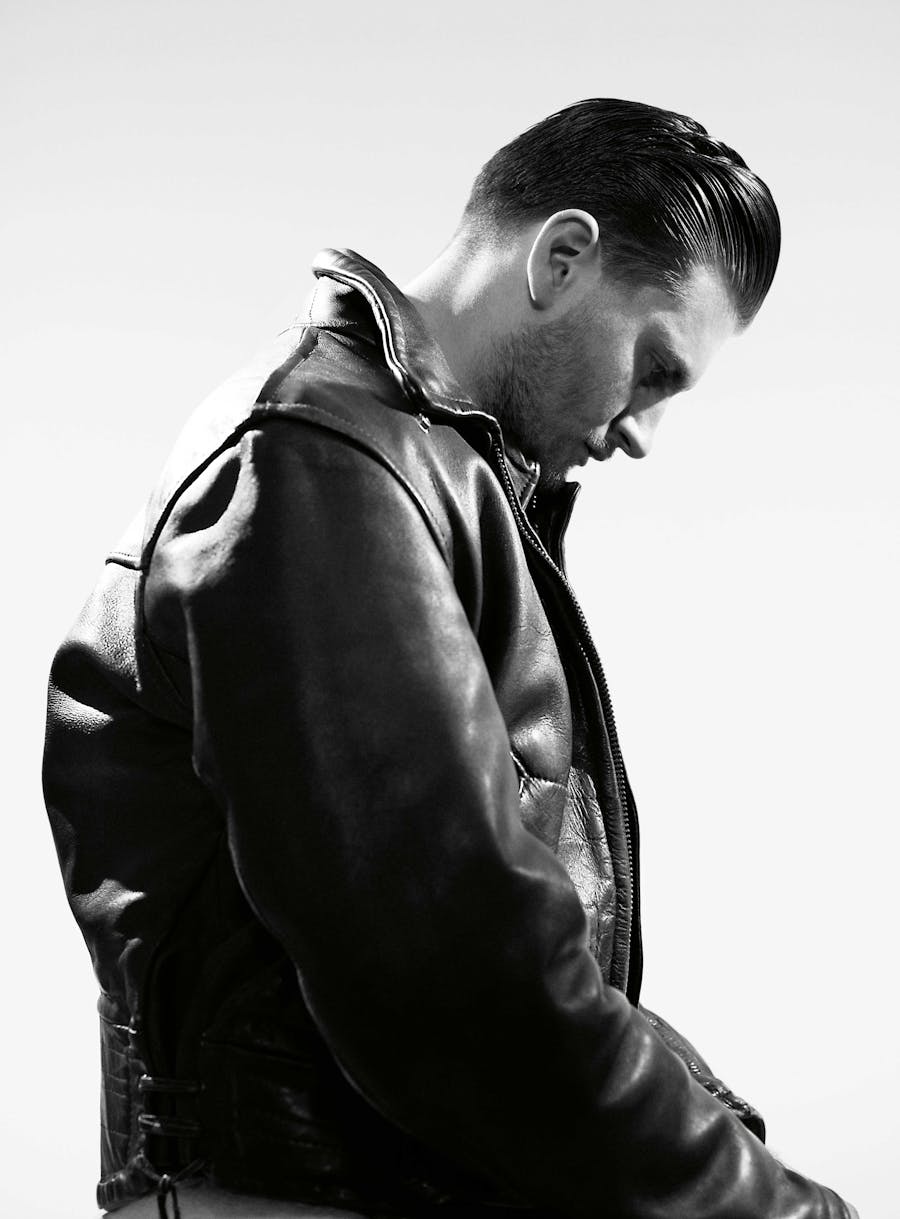In 1969, watching a Rod Steiger film meant putting yourself in danger. After On the Waterfront, and in the wake of his role as a racist cop in In the Heat of the Night, Steiger remained what he had never ceased to be : a bundle of tics, whose ‘actor studio’ style had to be kept in check by his director. At the end of the 1960s, without knowing whether the madness was his alone or that of the times, Steiger began, deliberately or not, to adhere to the counter-culture, as if he had decided to incarnate all by himself the spirit of 1968, bringing about its revolution singlehandedly, and in a manner so brazen that it remains surprising even to this day.
There was his role as a soldier in John Flynn’s The Sergeant (1968), a Second World War hero and repressed homosexual, tasked with the surveillance of a fuel supply depot in France, who falls in love with one of his subordinates and, through humiliating him, makes him pay for his own inability to come out of the closet. Above all, there was his role as the haggard protagonist of Jack Smight’s The Illustrated Man (1969), dressed as a hobo, stretched out by Lake Wisconsin, his tattooed torso bared for all to see. ‘They’re not tattoos, they’re skin illustrations’, he insists, with that tone of voice so particular to Steiger, incapable of differentiating between the fundamental and the anecdotal, as if every word was a matter of life and death. That claim, in the film, is charged with meaning. His tattoos are not any old tattoos.
In the long history of tattooing in film, which stretches from the decorated navel of Michel Simon in Vigo’s L’Atalante to the body of the Russian henchman, inked with mysterious drawings, in David Cronenburg’s Eastern Promises, The Illustrated Man has its own unique place. Here we discover a body covered with images, something never before seen in Western cinema, which still considered skin modification, and its transformation into an animated material, a taboo. The most striking image in The Illustrated Man is that of Rod Steiger, unclothed and stretched out on a sofa. The motifs on his body - a mixture of flowers and bodies painted in the style of a poor man’s Douanier Rousseau - mingle with the design of the sofa. We no longer know whether the sofa possesses an inner life or whether Steiger has become an object. We don’t even know whether the shot is to elicit admiration or disgust.
In the true spirit of the eponymous Ray Bradbury novel adapted by Smight, the tattoos do not shed light on Steiger’s character’s past. Nothing of his mysterious and sometimes monstrous back story is revealed. The fresco drawn upon his body instead has the power to predict the future. For 50 years, the life of this man has been poisoned by these illustrations, and he has, unsuccessfully, sought the woman who tattooed him, in order to kill her. In Jack Smight’s film, the illustrated man meets another vagabond, a pale young man with blonde hair, who looks as if he has just come out of a rock concert, a hippy effectively, but one lost in 1920s America, whom we see naked, bathing in a river. He is fascinated by the moving pictures etched on to Rod Steiger’s torso, and intrigued by the empty place on the latter’s right shoulderblade, a place where his destiny will be decided. That’s the genius of this very peculiar film : a tattoo doesn’t tell the story of its bearer but of its spectator. Rather than an engraving, it is a mirror.
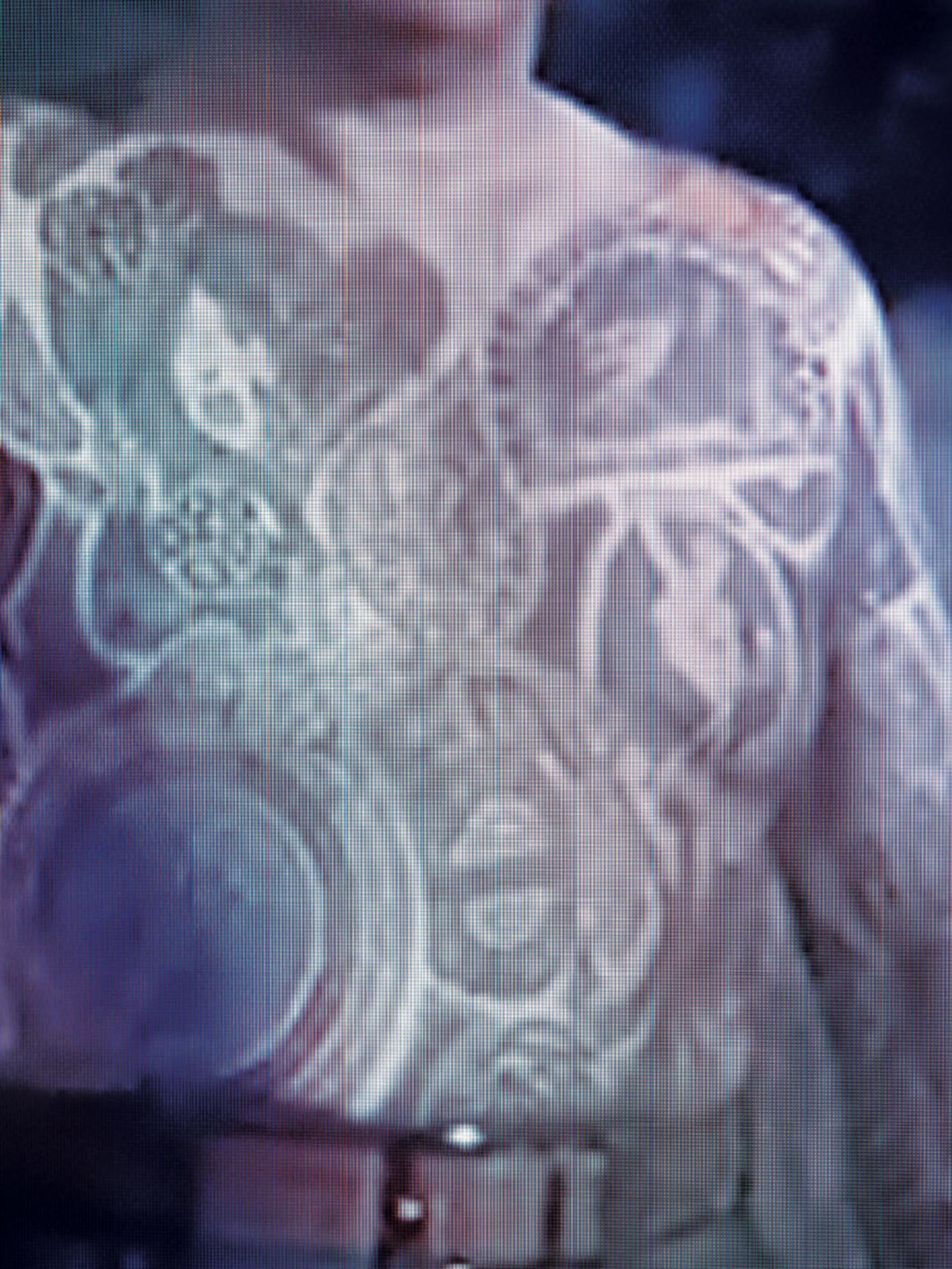
Rod Steiger in The Illustrated Man, directed by Jack Smight in 1969
AVAILABLE ON DVD, DISTRIBUTED BY WARNER BROS, ENTERTAINMENT
